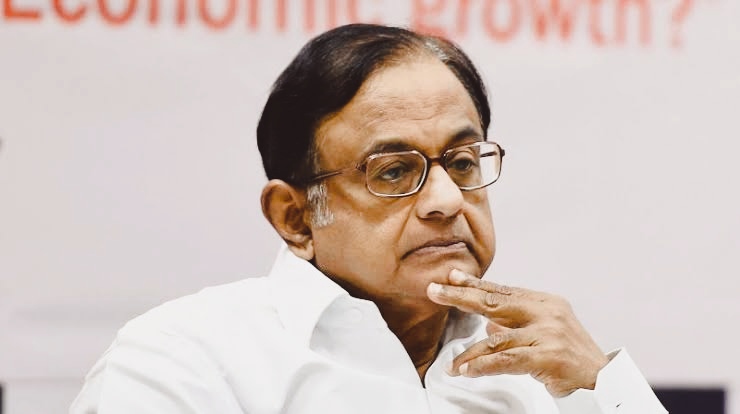Maharashtra, one of India’s most populous and industrially vibrant states, is currently facing a severe water crisis that threatens the well-being of its residents and the state’s economy. The dwindling water levels in reservoirs, rivers, and underground aquifers have raised alarm bells among policymakers and environmentalists.
The Growing Water Scarcity:
Maharashtra, known for its diverse landscapes, is no stranger to water scarcity challenges. However, the situation has taken a more alarming turn in recent months. A combination of factors, including erratic monsoon patterns, prolonged droughts, and excessive water extraction, has led to critically low water levels across the state.
Key Areas Affected:
1. **Marathwada**: Marathwada, historically one of the most drought-prone regions in India, is grappling with acute water scarcity. Many villages in this region are entirely dependent on tankers for their daily water supply.
2. **Vidarbha**: Vidarbha, another region in Maharashtra, is facing water stress due to inadequate rainfall and over-extraction of groundwater.
3. **Western Maharashtra**: Even the relatively water-rich Western Maharashtra region, known for its sugarcane cultivation, is witnessing stressed water resources due to the excessive water requirements of the sugar industry.
Impact on Agriculture:
Maharashtra’s economy heavily relies on agriculture, and the current water crisis has taken a toll on farmers. Crop failure, debt, and migration are becoming increasingly common in drought-affected areas. The lack of water for irrigation threatens food security and the livelihoods of millions.
Urban Water Shortages:
Urban areas, including Mumbai, Pune, and Nagpur, are not immune to the water crisis. Residents in many parts of these cities are facing reduced water supply hours, which affects their daily lives and businesses. Water tankers have become a common sight in urban neighborhoods.
Efforts to Mitigate the Crisis:
The Maharashtra government has initiated several measures to address the water scarcity issue:
1. **Jalyukt Shivar Abhiyan**: This scheme aims to rejuvenate and conserve water resources by deepening and widening water bodies, watershed management, and afforestation.
2. **Water Use Efficiency**: Promoting water-efficient agricultural practices and industries is crucial for sustainable water management.
3. **Rainwater Harvesting**: Encouraging rainwater harvesting at the household and community levels to recharge groundwater.
4. **Restrictions on Water-Intensive Industries**: Monitoring and regulating water consumption by industries, particularly those that are water-intensive.
Public Awareness:
Raising awareness about water conservation is essential to combat the crisis. Public education campaigns, school programs, and community initiatives are being undertaken to instill a culture of responsible water use.
The Way Forward:
The current water crisis in Maharashtra is a stark reminder of the need for sustainable water management practices. Climate change, rapid urbanization, and increasing demand for water resources make it imperative for the government, industries, and communities to work together to address this pressing issue. While immediate relief efforts are vital, long-term strategies that focus on water conservation, efficient use, and rainwater harvesting are crucial to ensure a water-secure future for the state of Maharashtra.





